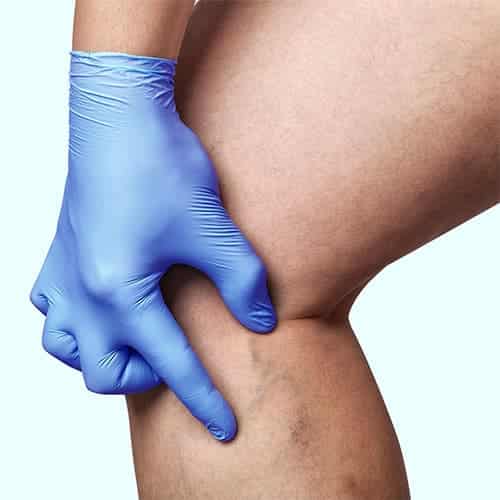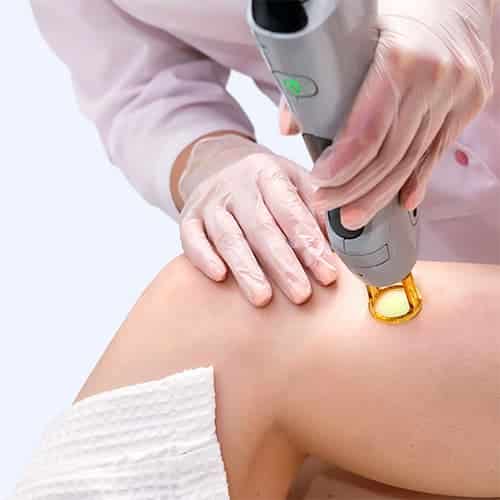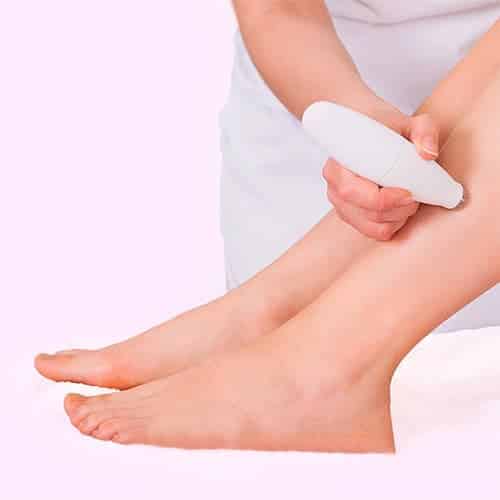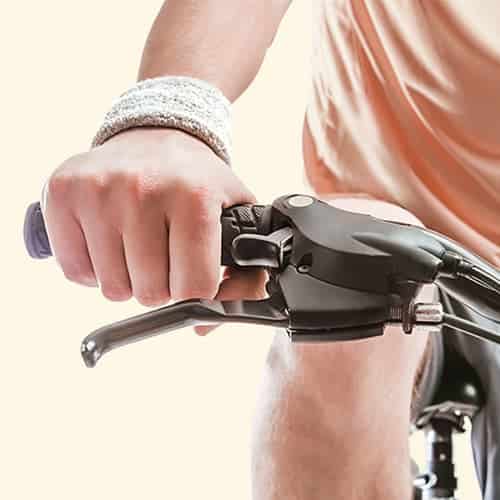Spider Veins
Overview
Description of Spider Veins
The Root Cause of Spider Veins
Your body has two types of blood vessels — arteries and veins. The arteries carry blood from your heart to the rest of your body, and the veins carry blood back towards your heart. The valves within your veins act as one-way doors, allowing blood to flow towards your heart and preventing it from flowing backward. Your vein valves resist the force of gravity, especially when blood flows from the legs to your heart.
Chronic venous insufficiency is a medical condition wherein your vein valves collapse due to various factors. Consequently, gravitational force makes blood flow backward and accumulate in your leg veins, making them swell and dilate. Over time, the continued accumulation of blood in your leg veins and the elevated pressure on your superficial veins lead to the formation of spider veins.
Risk Factors for Spider Veins
- Genes: Genetic predisposition, i.e., a family history of spider veins and varicose veins, is the leading risk factor for spider veins. If your mother and father have a history of vein problems, there’s a 90% chance you’ll experience symptoms of vein disease.
- Sex: According to the Office on Women’s Health in America, approximately 54% of women and 45% of men in the US experience spider veins or varicose veins at some point. Sex is one of the leading risk factors for spider veins because higher estrogen levels can weaken the vein valves. For that same reason, you have a higher risk of spider veins if you’re pregnant, undergoing hormone therapy, or taking birth control pills.
- Age: Your vein valves weaken with age, increasing the risk of spider veins. As such, spider veins and varicose veins are usually only found in adults.
- Other Factors: Other risk factors for spider veins include obesity, leg injuries, a history of blood clots, and jobs that require sitting or standing still for long periods.
Symptoms of Spider Veins
- Symptoms of Spider Veins: Spider veins are often asymptomatic, though you may experience some discomfort. They also look hideous, so you may experience self-consciousness and social anxiety.
- Early Symptoms of Vein Disease: While spider veins are often asymptomatic, you may experience numerous symptoms and complications because of the underlying chronic venous insufficiency. You may experience leg heaviness, leg swelling, restless leg syndrome, throbbing leg veins, itching, aching, and tingling sensations.
Complications of Vein Disease:
Spider Vein Treatments at Vein Treatment Center, New Jersey.
If you don’t have underlying vein disease, spider vein treatment isn’t medically necessary, though we can still remove spider veins using sclerotherapy for aesthetic purposes.
However, if you have underlying vein disease, we use minimally invasive procedures to treat the underlying venous insufficiency before removing the spider veins. If you remove spider veins without treating the underlying vein disease, your spider veins will inevitably return.

Sclerotherapy:

Endovenous Laser Ablation:

Radiofrequency Ablation:

Laser Therapy:

Compression Stockings:
